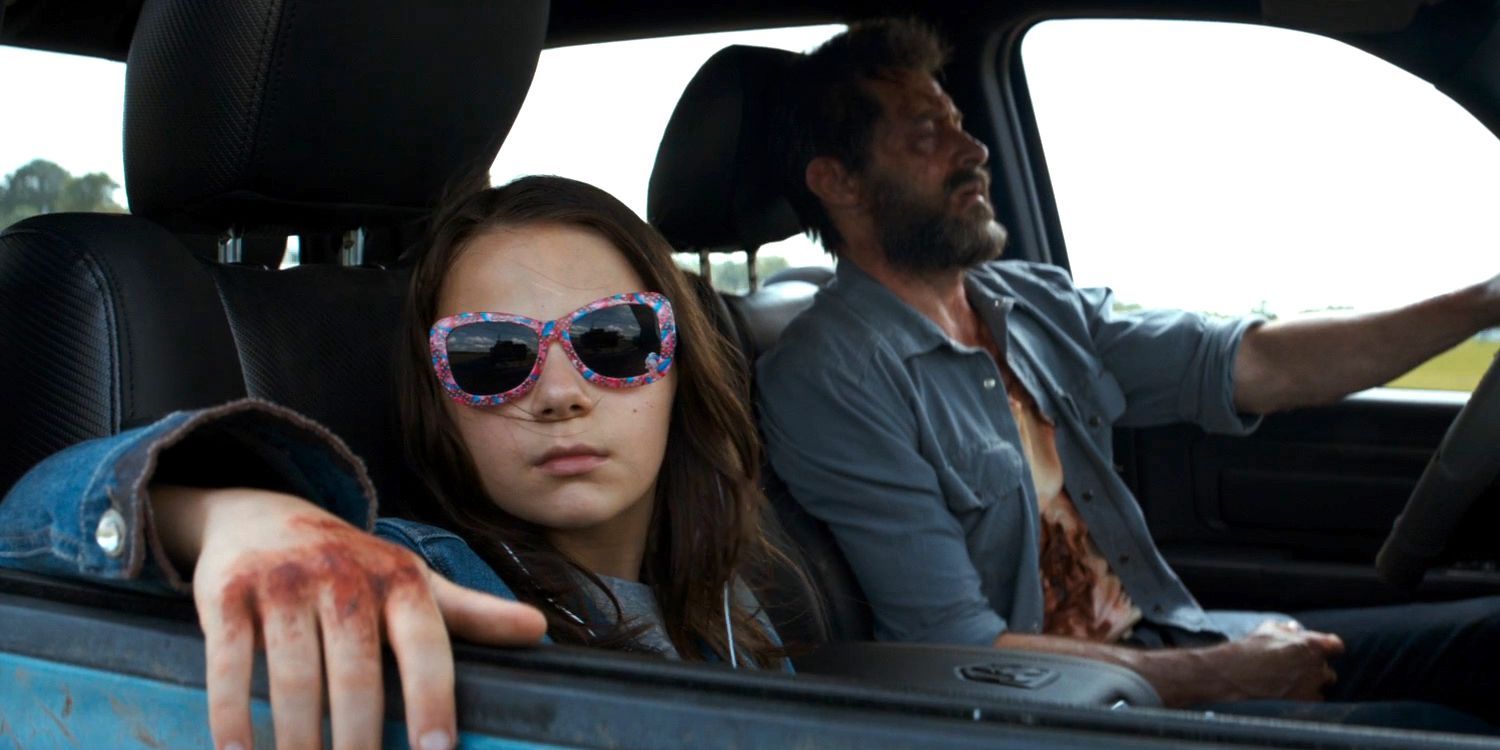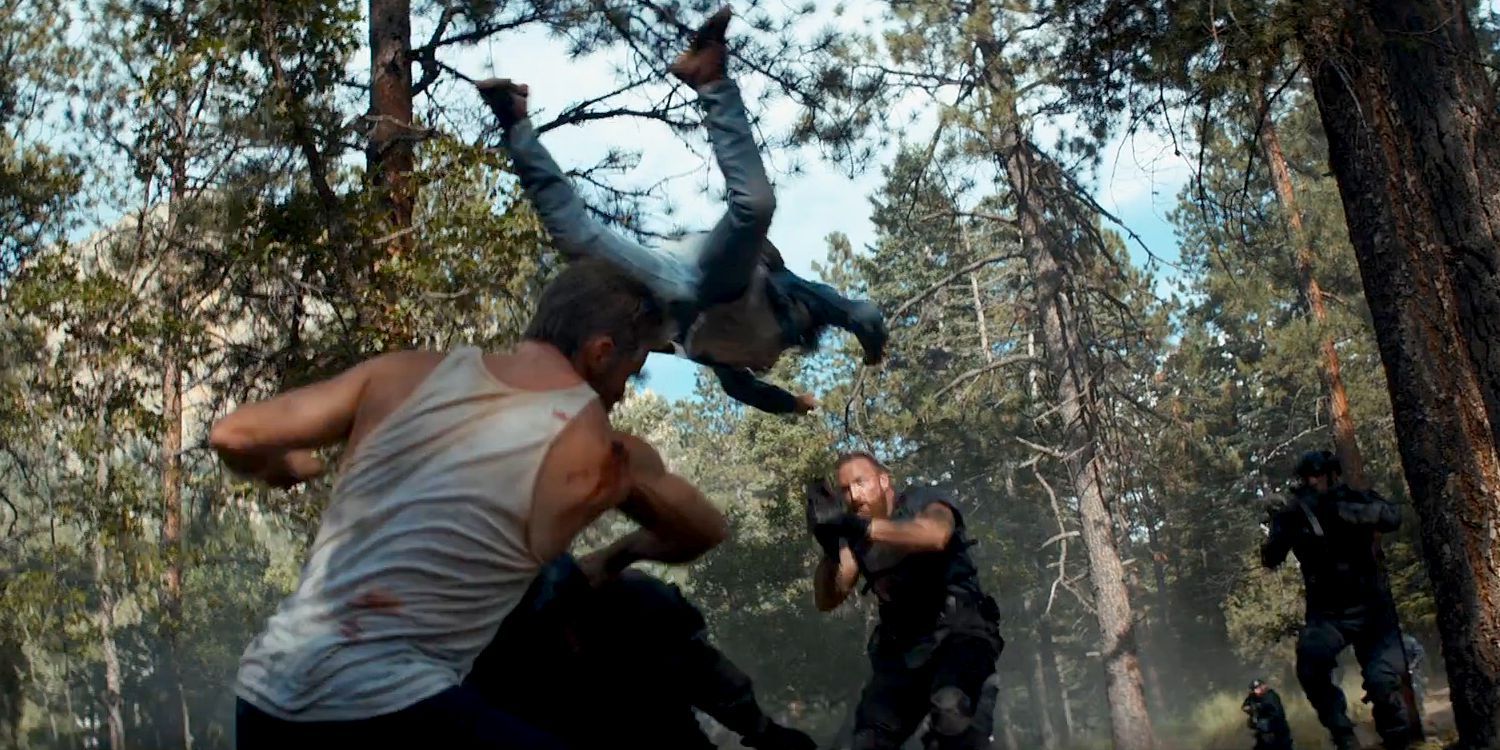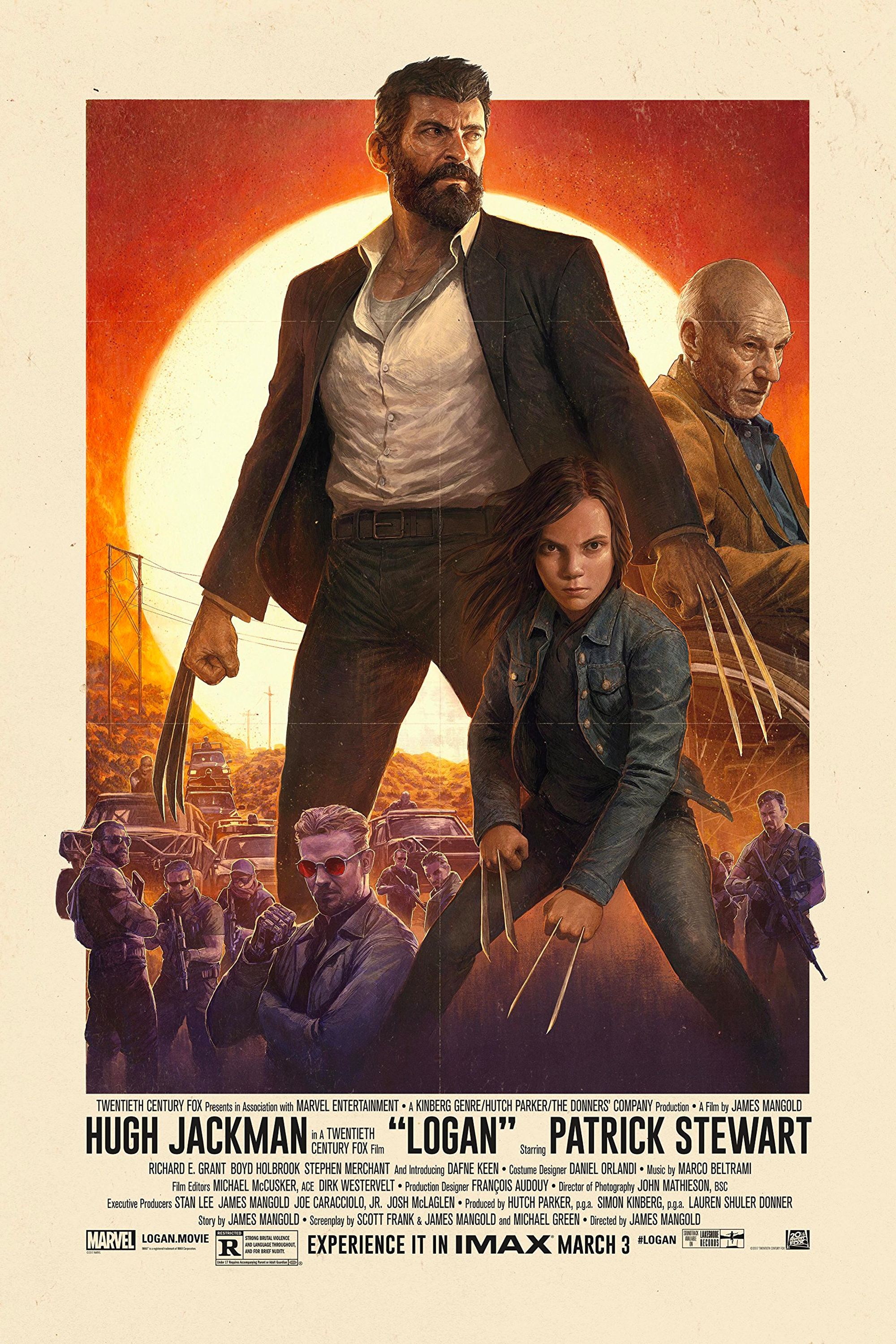WARNING: This post contains MASSIVE SPOILERS for Logan
-
Audiences finally have a chance to see James Mangold's Logan, and it's safe to say they like what they see. The film broke box office records en route to a $247.4 million worldwide opening and has already been hailed as one of the best comic book movies ever made. One of the reasons many feel this way is because the creative team did not shortchange Logan's emotional component, delivering some of the most heartbreaking scenes the genre has seen to date. As if bidding a tearful farewell to Charles Xavier wasn't enough, Mangold also definitively closed the book on Wolverine by allowing the iconic mutant to find peace in the afterlife.
As tragic as that sequence was to watch, its poignancy made it the perfect ending for Hugh Jackman's time with the franchise. The death of Wolverine was such an important and heavy moment, Logan's cinematographer knew that it had to be shot differently from the rest of the film in order to capture it in the best way possible. He went against Mangold's usual filmmaking technique and used two cameras when it came time for the scene.
In an interview with THR, director of photography John Mathieson explained why he felt it was necessary to break from Mangold's traditions this one time, citing the committed performances by Jackman and Dafne Keen, who plays X-23:
It's very important to get into the eyes of both of them. The tears are going to come. You don't just shoot Hugh and go, "That was very nice. Now let's shoot Dafne." Because they are giving it their all. They will be drained. Jim is a very much a one-camera man, but I didn't even look back at him. I'm sure he got cross at me, but I think he'd agree that whatever is going to happen is going to happen. You better make sure you get it on two cameras. If you have a great performance on one side and they are doing marvelous things and you don't have the other side at the same time — a hand goes here or someone brushes hair out of someone's face — then it's very difficult to re-create that. Then you have the script supervisor coming in, "Oh you had this in your left hand and your tear came here." You just can't do that to people.
This was a smart way to film the scene, as Mathieson was able to get both actors' natural reactions to each other during Wolverine's final touching moments. While it is Jackman's last big sequence, Keen was also an integral part of it and really helped sell the torment and pain. Both characters came together, with Wolverine telling young Laura to not become the monster the scientists made her and X-23 weeping as she called Logan "Daddy" for the first time. It was draining for viewers to watch this unfold, and one can only imagine the toll it took on the actors. Shooting two angles at once reads as necessary in order to make the best version of the scene possible. Mathieson made the right choice, considering how affecting it was on the big screen.
As Mathieson notes, Mangold may not have been too keen on this decision at the time, considering he is a "one-camera man" (and that worked very well for the rest of Logan), but this is another illustration of how film is a collaborative medium. Mangold is the man in charge as the director, but it's always important to listen to other people's suggestions as production moves along since anyone is capable of having a great idea. Being the DP, Mathieson's specialty is knowing what exactly has to be done to film each scene, and Mangold deserves credit for trusting him instead of forcing his usual practices. It's hard to imagine Logan concluding any other way.
NEXT: Why Logan's Ending is Perfect
Source: THR



